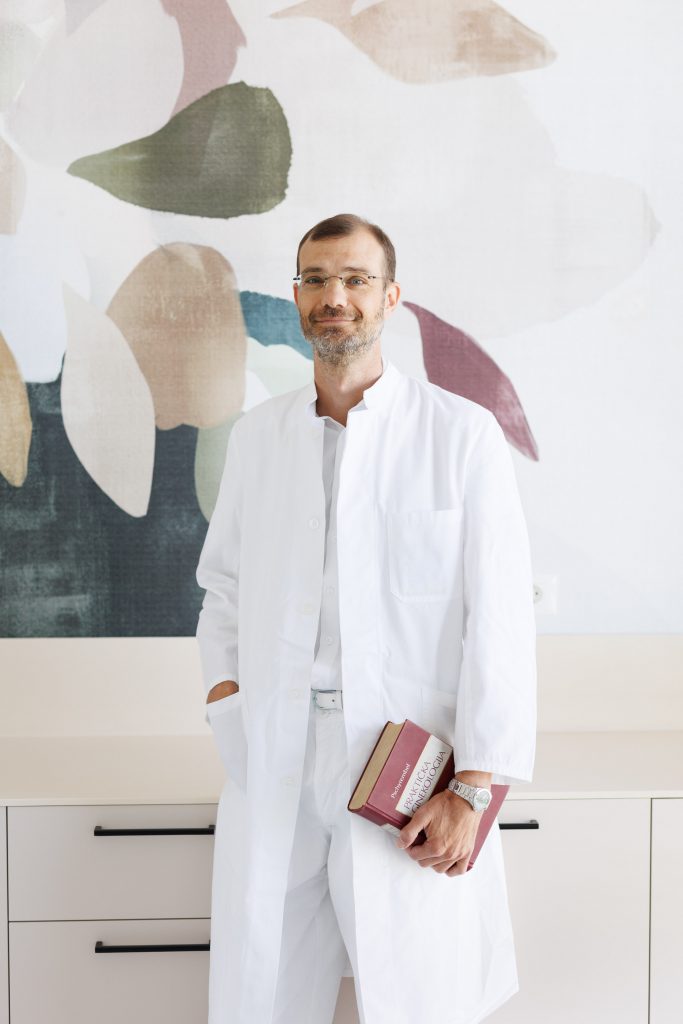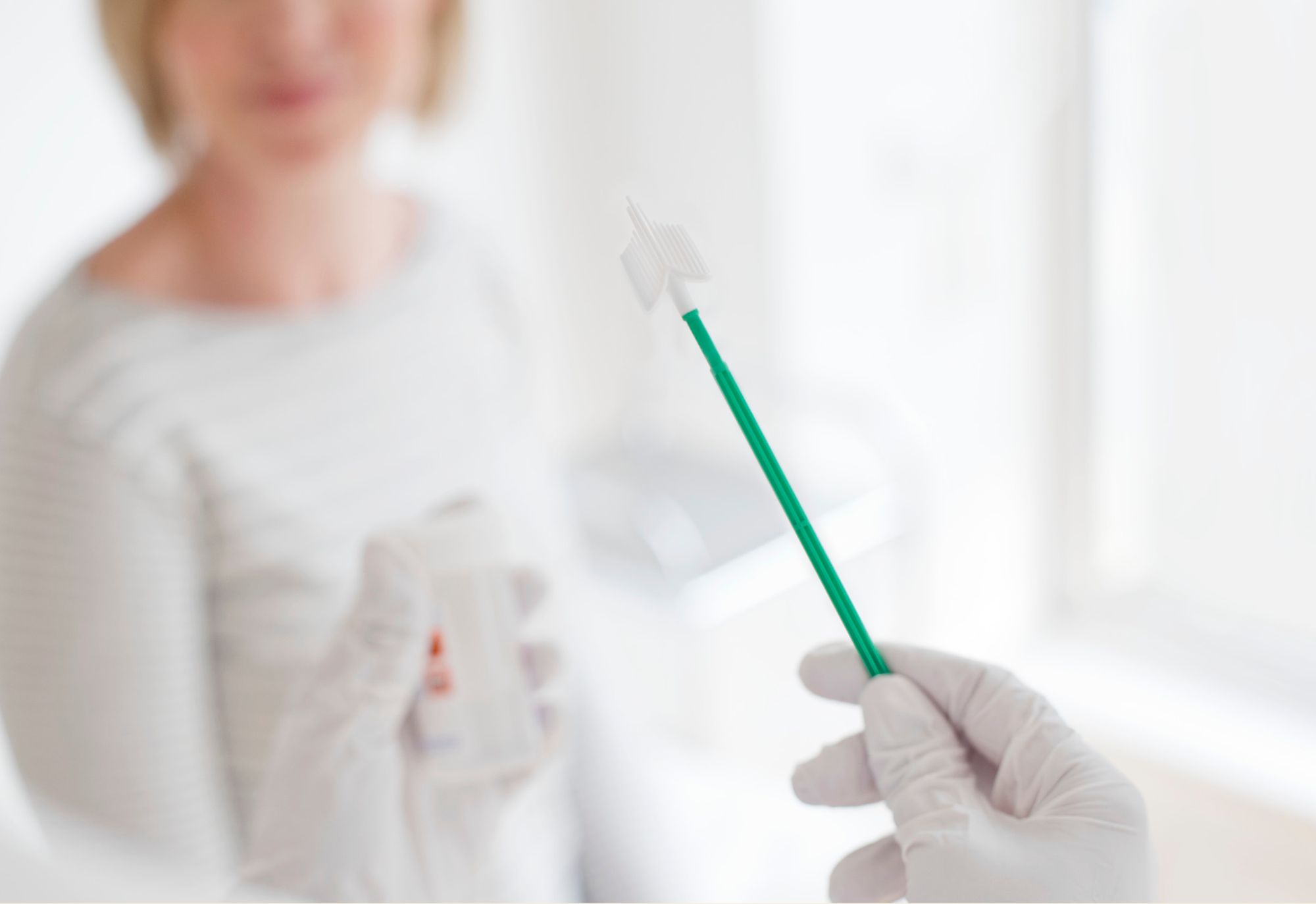Awareness of the importance of preventive check-ups should be developed from an early age to help prevent unwanted consequences later in life, emphasizes Dr. Dimitrije Milojković.
The first gynecological examination is recommended around the age of 21. For most women, visiting a gynecologist is accompanied by some discomfort, regardless of their experience or the frequency of visits. However, regular examinations are essential as they help prevent more serious diseases later in life, such as cervical cancer.
Dr. Milojković on prevention
In the event of any health issues, a gynecologist should be consulted as soon as possible.
“Awareness of the importance of preventive check-ups should be developed from an early age to avoid unwanted consequences later. Progress has been made, but education remains crucial, particularly due to the stigma surrounding gynecological and urological examinations. It is important that parents talk to their children about these topics in a way that is understandable and acceptable to them, so that in adulthood they will see them as natural rather than uncomfortable,” explains Dr. Dimitrije Milojković, specialist in gynecology and obstetrics and subspecialist in gynecologic oncology. He has extensive experience in diagnosing and treating gynecological diseases and currently leads the gynecology clinic at IMC Priora in Čepin.

Cervical cancer and HPV
Cervical cancer most often occurs in women between the ages of 30 and 50, although changes can begin much earlier. Infection with the human papillomavirus (HPV) is associated with an increased risk of developing this malignancy, as well as other cancers such as vulvar and vaginal cancer in women, and anal cancer and genital warts in both women and men.
Regular Pap smears and HPV testing can detect changes in time and help prevent the development of cancer. From infection with high-risk HPV strains to the potential onset of cervical cancer, 10 to 15 years may pass.
Vaccination protects from HPV infections and their consequences. The vaccine is available to everyone and free of charge for children and young people aged 9 to 25. It is recommended from the fifth grade of primary school.
According to the data, the highest vaccination rate in Croatia is recorded in the eastern part of the country, reaching approximately 70%.
“The goal of the World Health Organization is to reduce the incidence of cervical cancer by three steps significantly. First, 90 percent of the target population should be vaccinated by the age of 15. Second, 70 percent of women should be covered by organized screening, which means at least one Pap smear test by the age of 35. Third, 90 percent of women with premalignant changes or early-stage cancer should receive appropriate treatment,” explains Dr. Milojković.

Pap smear test
According to Croatian guidelines, gynecological examinations are recommended annually, and a Pap smear is recommended every three years. Since its introduction into gynecological practice in the 1950s, the Pap smear test has significantly reduced the incidence of cervical cancer in countries with organized screening programs for early detection.
HPV testing, on the other hand, is a separate examination that detects the presence of human papillomavirus, which is associated with a higher risk of cervical cancer.
“A Pap smear can show cellular changes associated with HPV, but it is not a test for detecting the virus itself. The encouraging fact is that our immune system naturally clears 90 percent of HPV infections within one to two years, and only 10 percent become persistent infections. It is within those persistent cases, together with other risk factors, that malignant disease can develop,” explains Dr. Milojković.
Dr. Milojković on annual check-ups
During his career, our interviewee has also met patients in their later years who had not undergone a Pap smear, gynecological ultrasound, or, in some cases, had never been examined.
With age, the risk of cancer generally increases, including gynecological cancers. Ovarian cancer is most often diagnosed between the ages of 50 and 65, has no early symptoms, and is usually discovered at an advanced stage when treatment options, mainly surgical, are limited.
“Once women start with preventive gynecological check-ups, it is important that they continue with them every year. Childbirth brings many responsibilities, which often lead patients to put themselves second and neglect their health. That is when problems may arise,” says Dr. Milojković.
